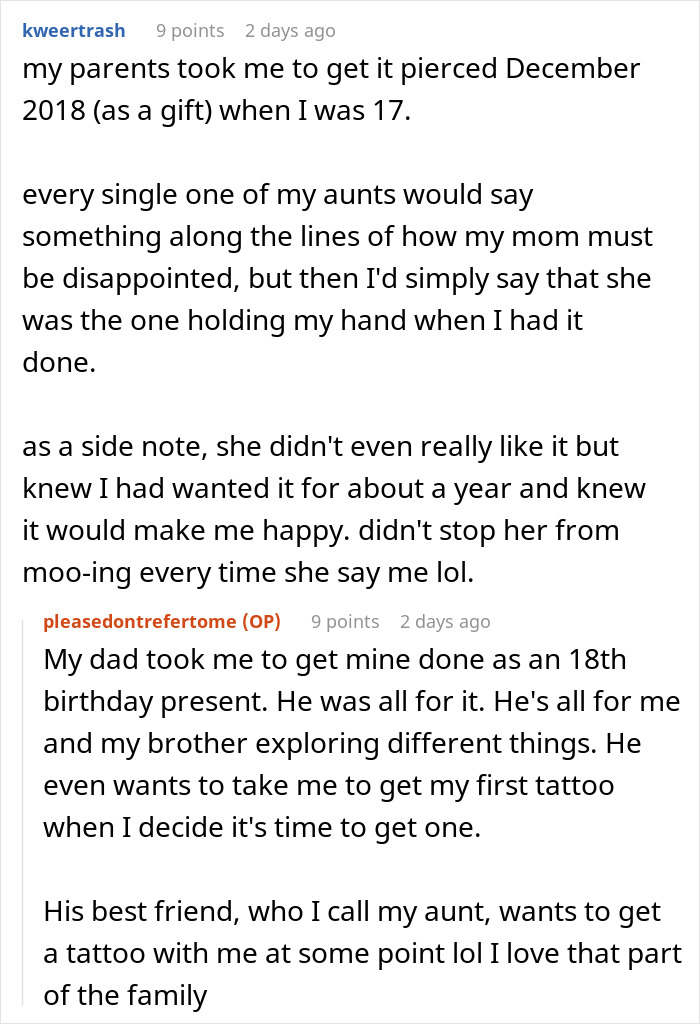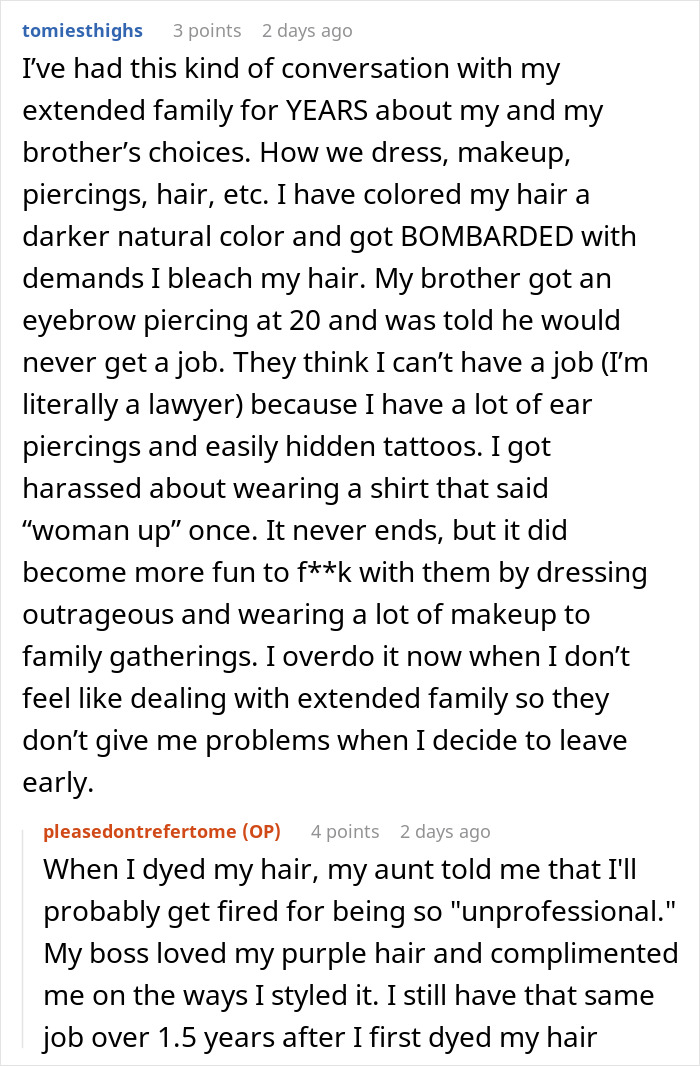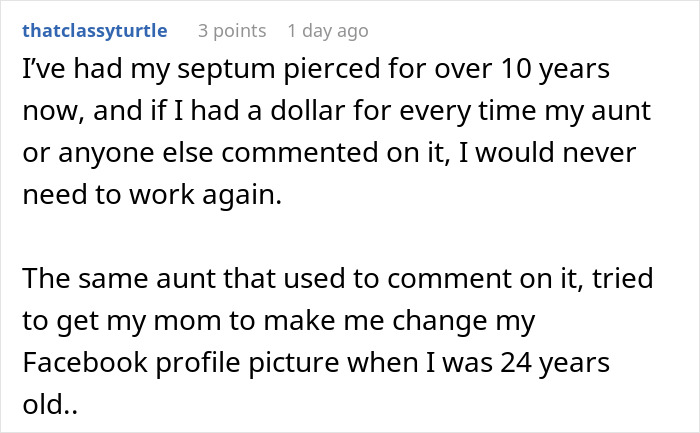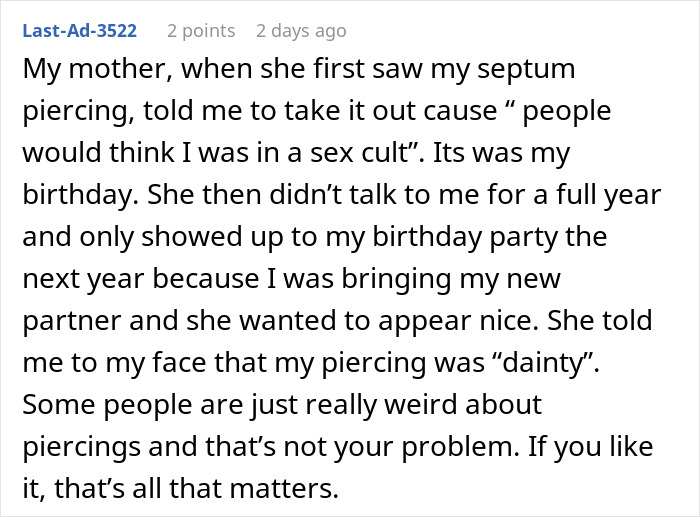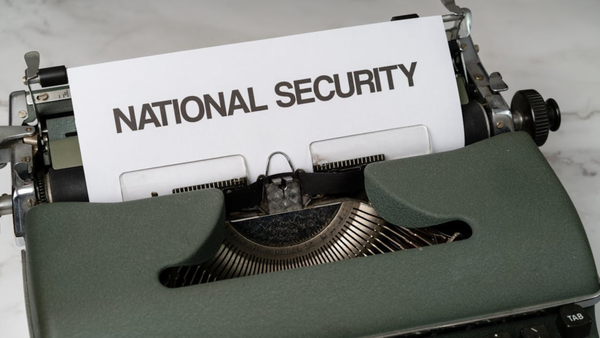Body art can still be a topic of contention, especially if you ask older folks. They tend to associate tattoos, piercings, and other body modifications with deviance. But that doesn’t mean it gives them carte blanche to throw insults and unfounded accusations. And the hero of this story was of the same opinion.
The young person shared a story on the r/EntitledParents community. They detailed how their aunt approached them during a family Christmas gathering because of a nose piercing. The OP wasn’t surprised but didn’t have a lot of patience for that woman’s callousness. Read on to find out how they dealt with the rude relative.
A septum ring can be a nice accessory – just like any other piece of jewelry
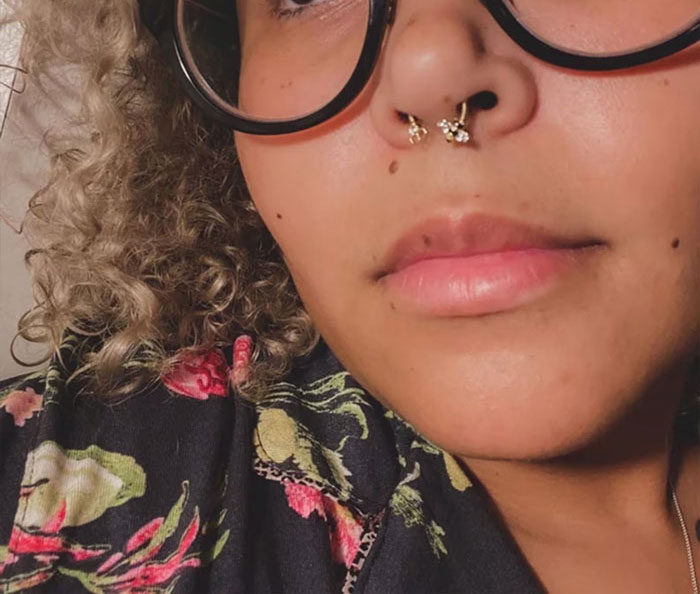
Image credits: OuferJewelry / Etsy (not the actual photo)
Unfortunately, it can also be a trigger for rude behavior from other people
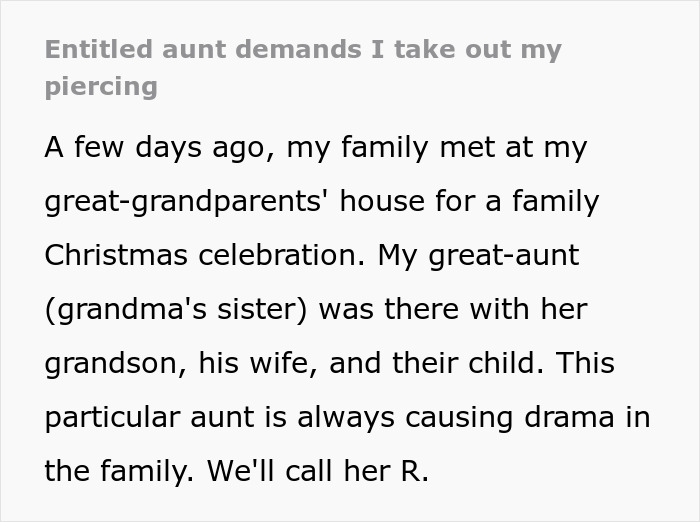
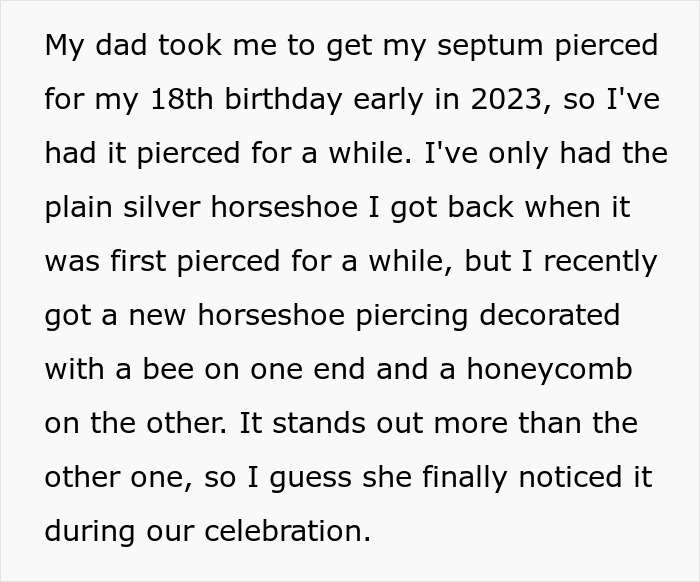
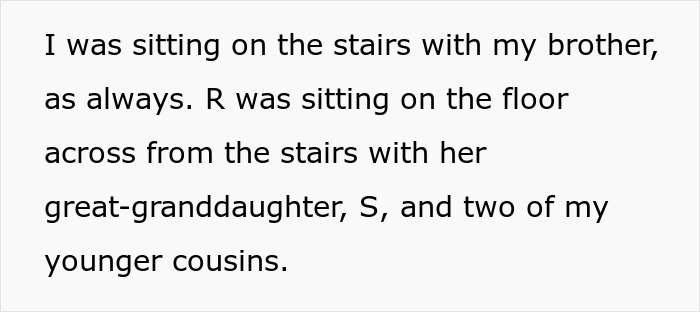
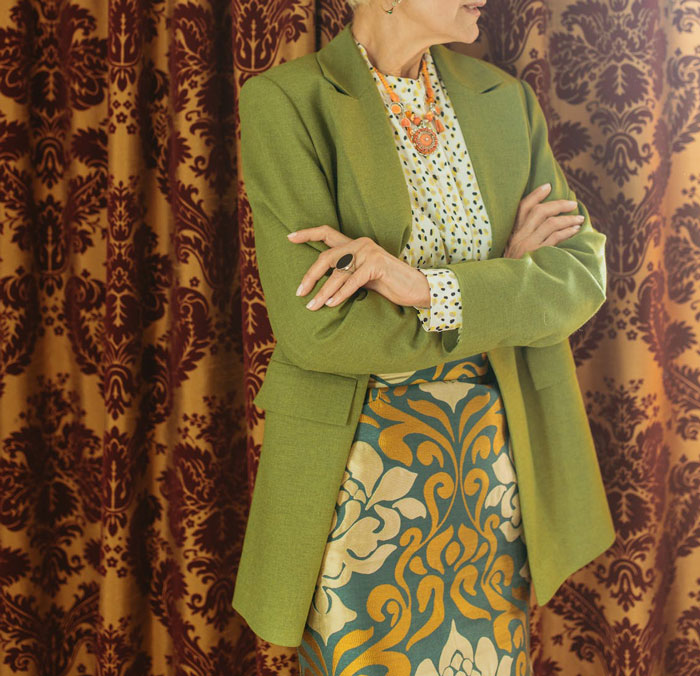
Image credits: Yaroslav Shuraev / Pexels (not the actual photo)
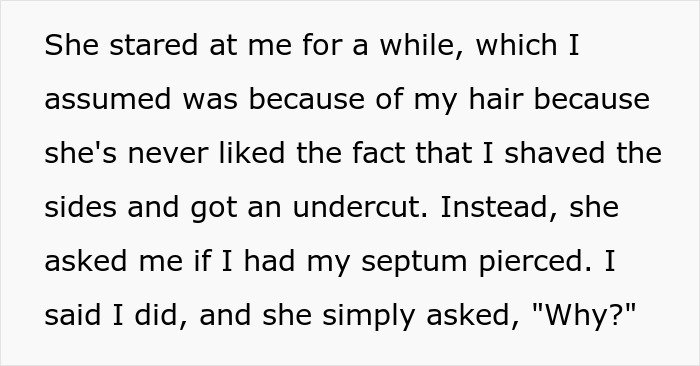
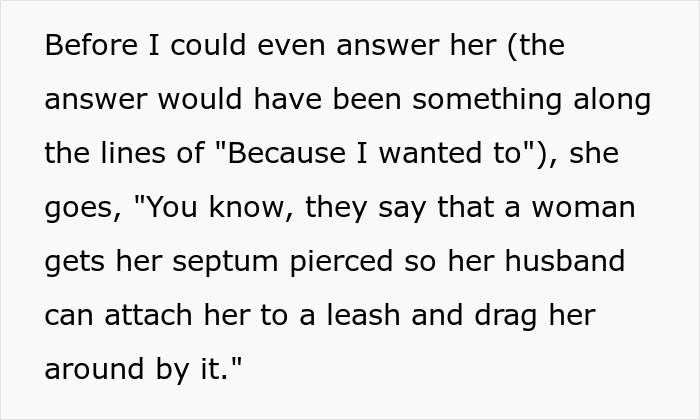
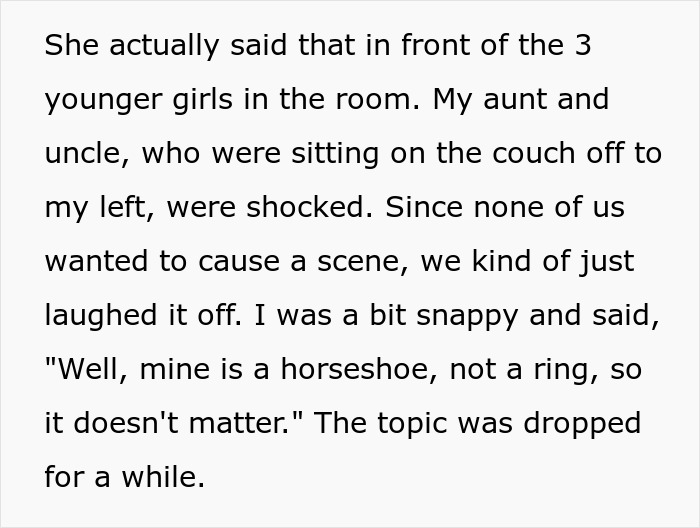
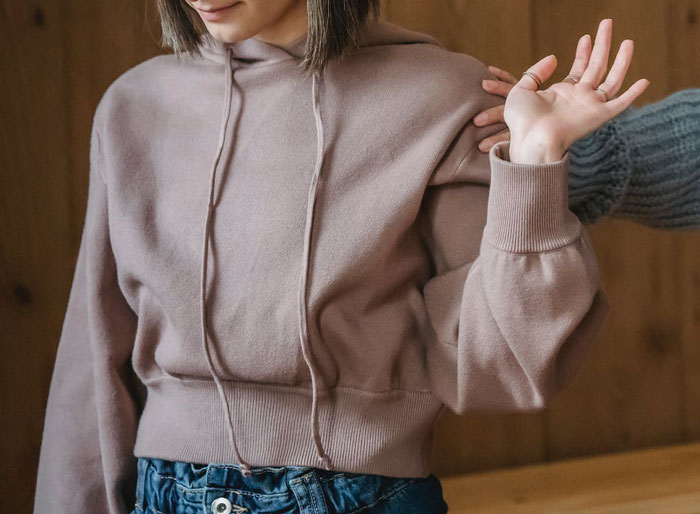
Image credits: Liza Summer / Pexels (not the actual photo)
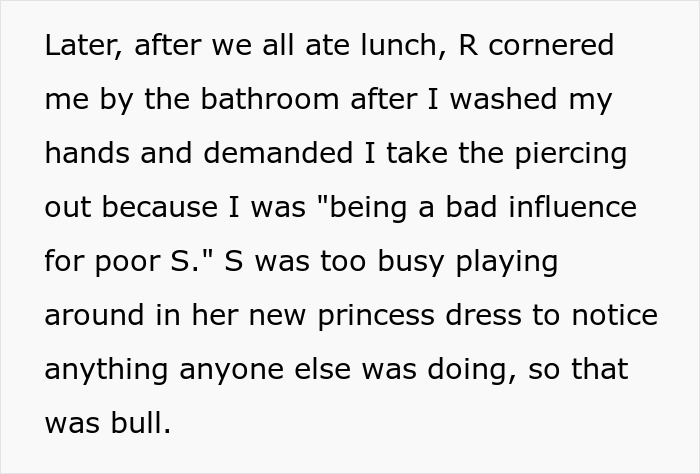
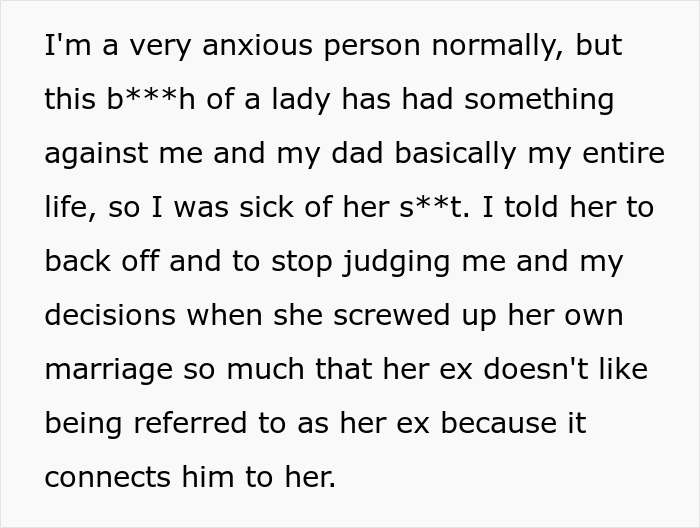
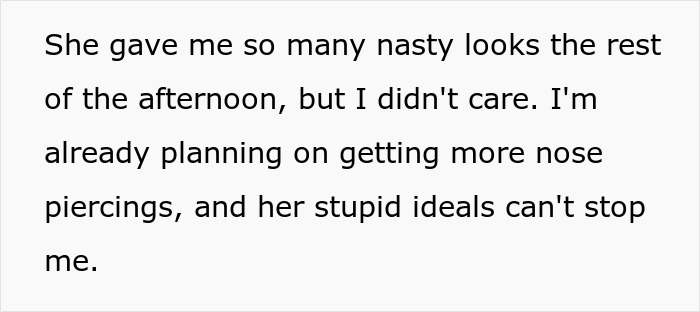
Image credits: pleasedontrefertome
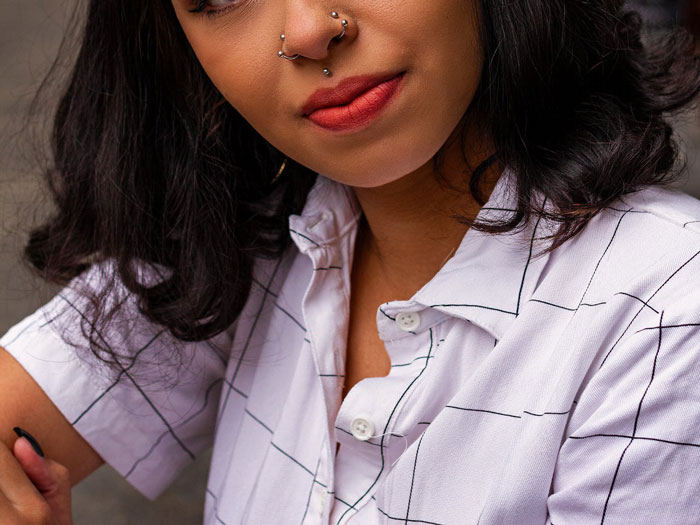
Image credits: Fred Souza / Pexels (not the actual photo)
Piercings are taboo in some environments, but they are the personal business of the person who gets them
Parents and other adult family members often dislike teenagers and young people getting piercings. In more conservative circles, piercings and tattoos still signify deviance. These people associate piercings with gangs, prison, and aimless rebellion.
Piercings can also be a no-no in corporate environments. Zarife Hardy, the director of an Australian etiquette school, told ABC Australia people should be cautious when job hunting. She suggests removing facial piercings when starting a job or entering a new social situation.
Writer Andrea Jarrell shared her experience about her daughter getting a nose piercing in The New York Times. At first, she was against it, texting her daughter “It repulses me.” She writes she later regretted reacting this way, simply because it’s an aesthetic she’s not used to.
“The truth is I thought the ring marred her beauty but I also knew she has different ideas about beauty than I do,” Jarrell wrote. The writer claimed it helped her to get rid of other preconceived notions. She learned not to judge people “because of rings in noses, nipples, lips and eyebrows.”
Professional body piercer Lynn Loheide writes that whether or not to get a piercing is a personal decision. They’re a proponent of the “their body – their choice” stance. “At the end of the day, it is their [the person’s] body. They will always have the final say over what they do with it,” the piercer writes in their blog.
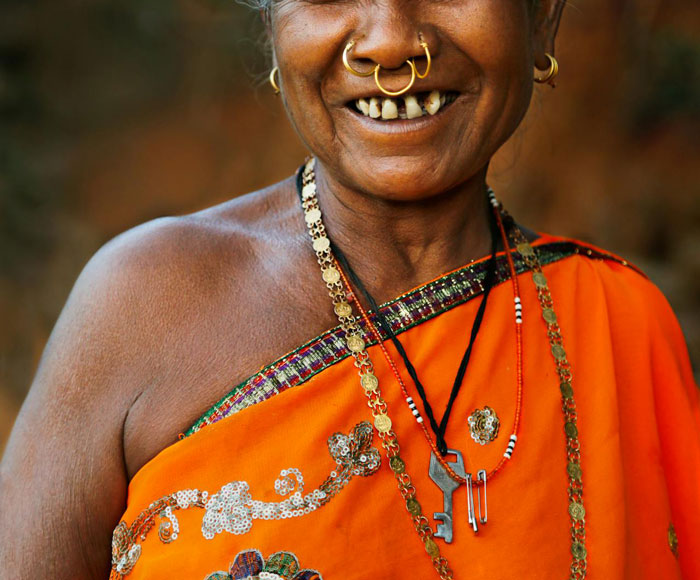
Image credits: Ganta Srinivas / Pexels (not the actual photo)
The meaning of nose rings in other cultures
Nowadays we associate nose piercings with rockstars and youth subcultures. But did you know that some people choose to wear them for their benefits to physical health? Most of the evidence is anecdotal and relies more on ancient practices than modern medicine. Yet it’s still fascinating to dive a little bit deeper into the history of piercings.
The origins of the septum ring date back to around 44,000 BC. It’s bone jewelry, most likely worn as what we now refer to as a septum ring. Many cultures have strong nose-piercing traditions. That includes Southeast Asian and North African countries (Bangladesh, India, Sri Lanka, Pakistan, Iran and Nepal).
Nose piercings were reportedly brought to India and other Asian countries by the Mughal Empire of Central Asia in the 1500s. Native American tribes such as the Shawnee leaders Tecumseh and Tenskwatawa also had such piercings. Their leaders in paintings wear septum rings.
In some North American and Australian Indigenous communities, nose rings were rites of passage. Others signified leadership or intimidation: warriors pierced their noses for battle purposes.
In Ancient Egypt, pierced and stretched ears were a sign of wealth and high status. In fact, archaeologists found that King Tut’s ears were like this, so it’s not just an old maid’s tale. Nose rings were usually only worn by women, both in urban areas and by desert dwellers.
In India, a ring on the left side of a woman’s nose was associated with better reproductive health. Pierce Of Art writes that some Ayurvedic texts mention how it would help with period pains. Apparently, that’s even more true if you get a rook (a piercing in the middle of the ear.)
The OP provided more context about their relationship with the aunt in the comments
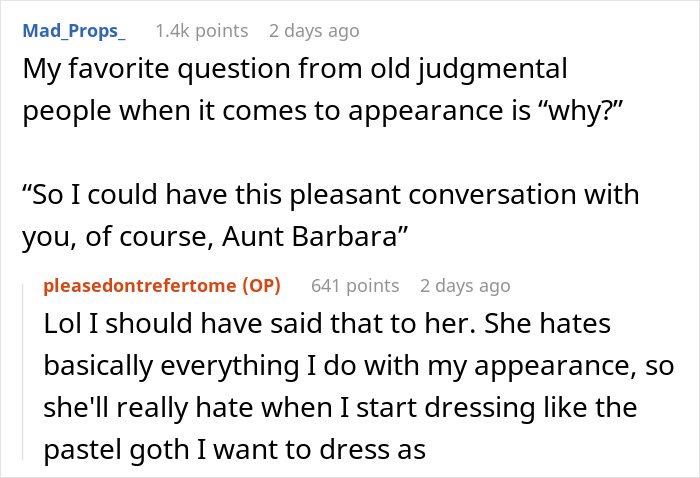
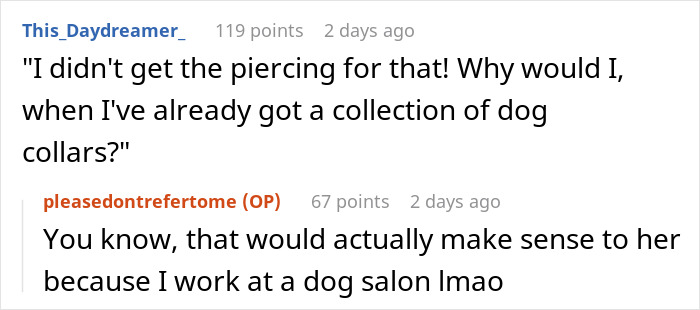
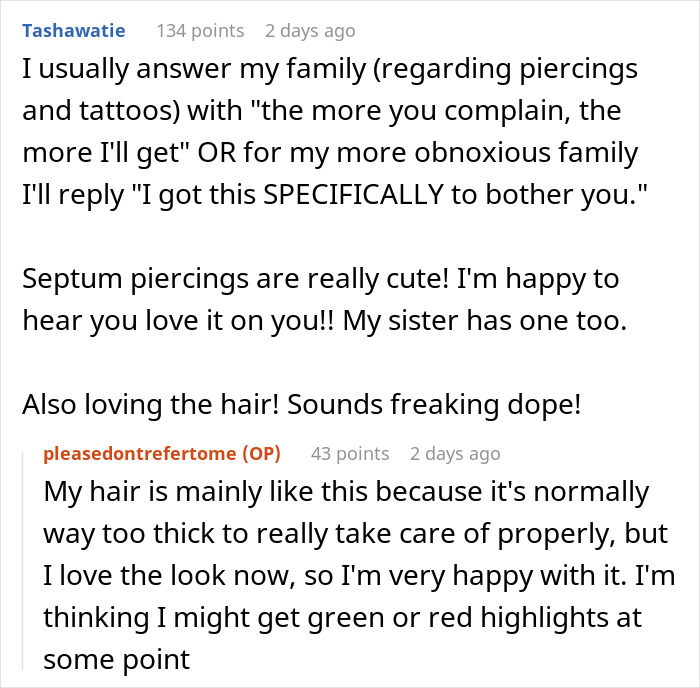


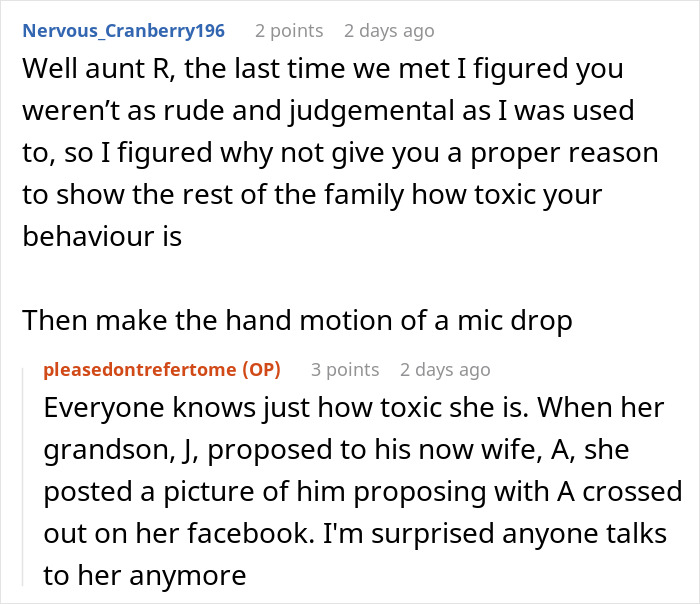
Here are people’s reactions, urging the OP to antagonize the aunt further
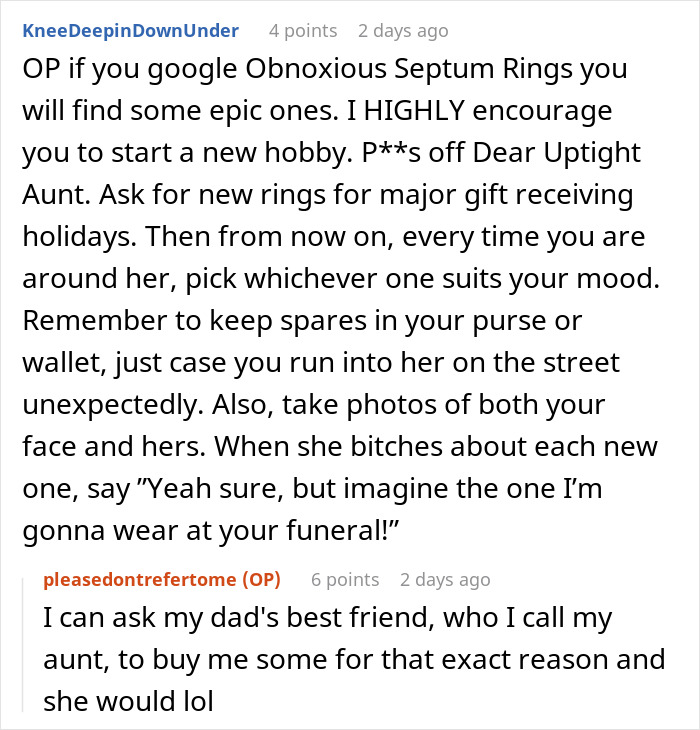
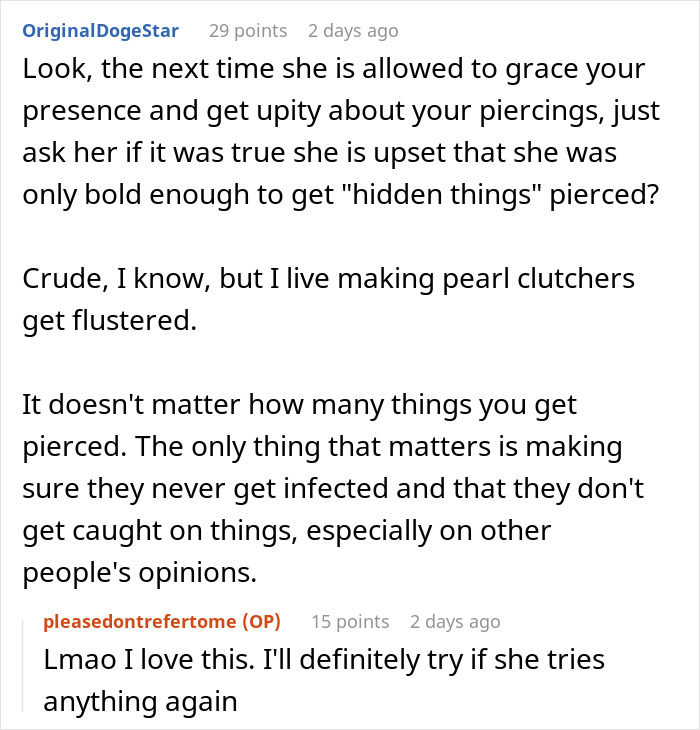
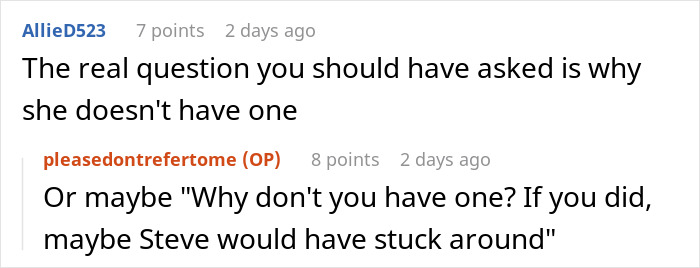
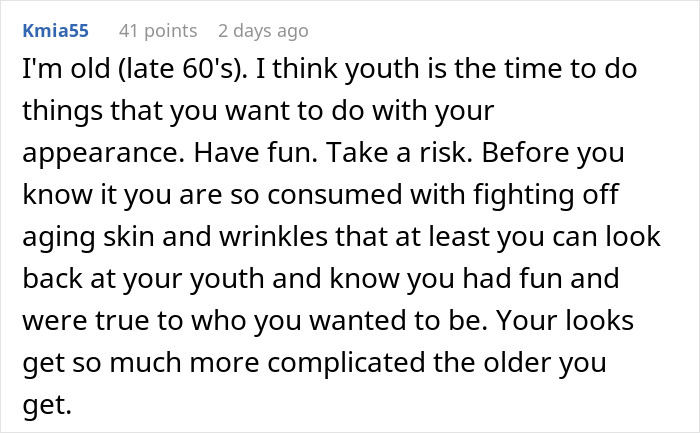

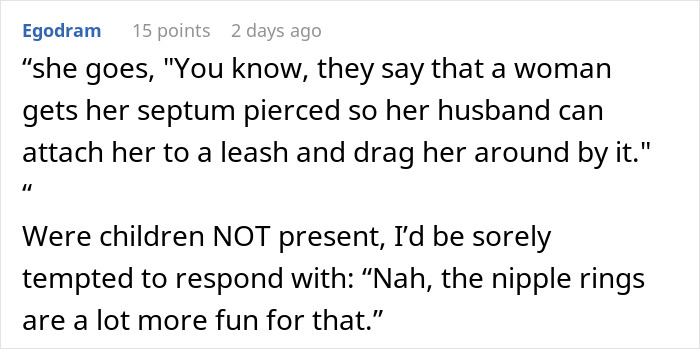
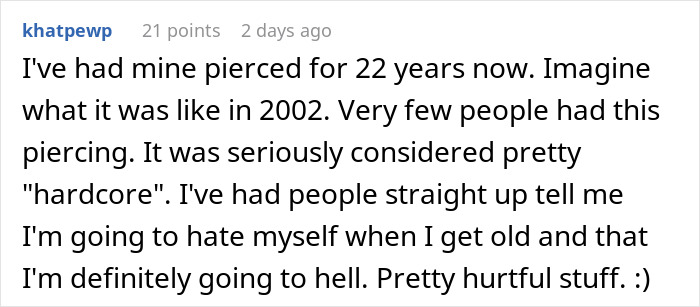

Other people in the comments shared similar piercing stories
